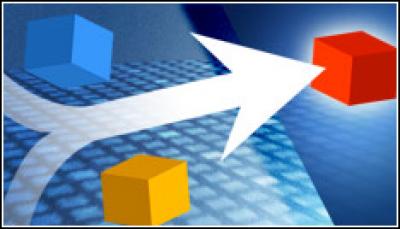Modernising Legacy Apps Key To IT Cost Cutting

A report from Forrester Research suggests enterprises and cost-conscious businesses alike are looking for ways to modernise key legacy applications
Modernising key legacy applications is the top software initiative for businesses this year—that’s according to a new survey by research firm Forrester Research. In fact, updating key legacy applications was cited as the top initiative for both enterprises and SMBs, at 64 percent and 55 percent, respectively.
More than one-quarter of enterprises and more than one-fifth of SMBs said that updating and modernising key legacy applications is very important, according to the survey results, which were collected from more than 2,200 IT executives and technology decision makers in North America and Europe.
“The costs of operating monolithic legacy applications makes them unsustainable, and these survey results show that firms are seeking efficient ways to modernise,” said Jean-Pierre Garbani, Forrester’s vice president and principal analyst, who also said automation is the key to IT’s future. “Companies are willing to adapt their business processes to cheaper packaged software solutions rather than wait for custom applications.”
The survey found software budgets will hold relatively steady. Enterprises allocated 16 percent of their IT operating budgets toward expensed software costs in 2008 and plan to allocate 17 percent over the next year. SMBs allocated 19 percent toward expensed software costs in 2008 and plan to allocate 19 percent in the next 12 months. Eighty-one percent of enterprises surveyed consider reducing IT costs to be an important goal, with improving integration between applications close behind at 77 percent. At the midmarket level, 71 percent of SMBs consider improving integration to be important, with reducing IT costs and using information technologies to increase innovation next.
Survey results also suggest concerns and barriers surrounding SAAS (software as a service have diminished. Compared with 2008, Forrester said the 2009 landscape for SAAS is looking brighter, but there will continue to be some roadblocks along the path to wide adoption. Currently, at 31 percent, security concerns are the most commonly cited reason why enterprises aren’t interested in SAAS. Total ownership costs represent the top concern for SMBs that aren’t interested in SAAS, at 39 percent.
Enterprise and midmarket customers also prefer packaged applications, the survey indicated. When implementing a major application, a packaged application or application modules are the most preferred deployment options for 33 percent of enterprises and 45 percent of SMBs. The next preferred option for both is a tailored solution assembled from existing custom and packaged application modules. The results suggest few firms prefer to turn to SAAS or a hosted solution.
“By freeing up money from software budgets, IT departments will be able to support more innovative projects across their organizations,” said Forrester Vice President and Principal Analyst R “Ray” Wang. “Right now, every bit of competitive advantage can help, so focusing on activities that cut overall operations costs or develop better customer offerings is paramount.”